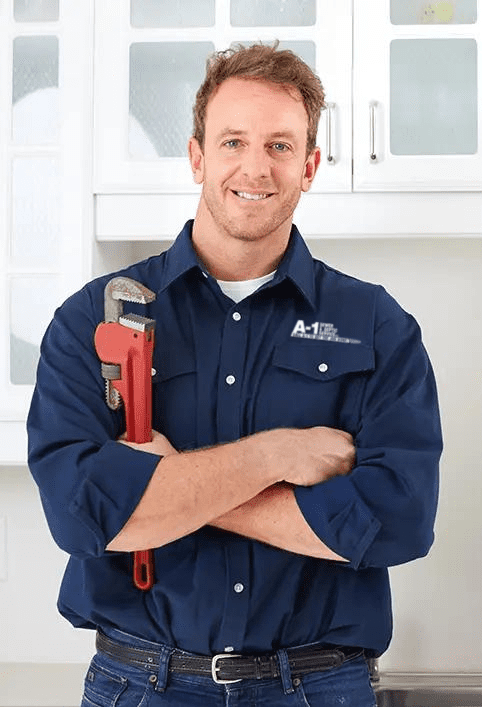Hydro Jetting vs. Snaking
Every homeowner will deal with a clogged drain at some point, it’s inevitable. Sometimes people can’t always control what gets flushed down the toilet drain and on to the sewer line, or ground up in the garbage disposal that leads to a buildup which results in a blockage. If you



